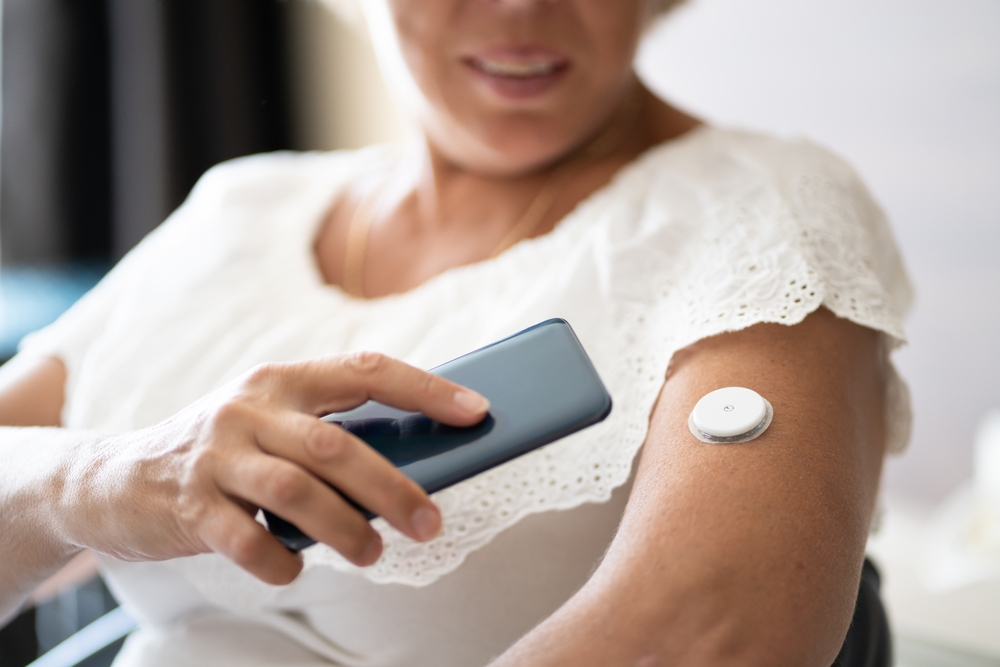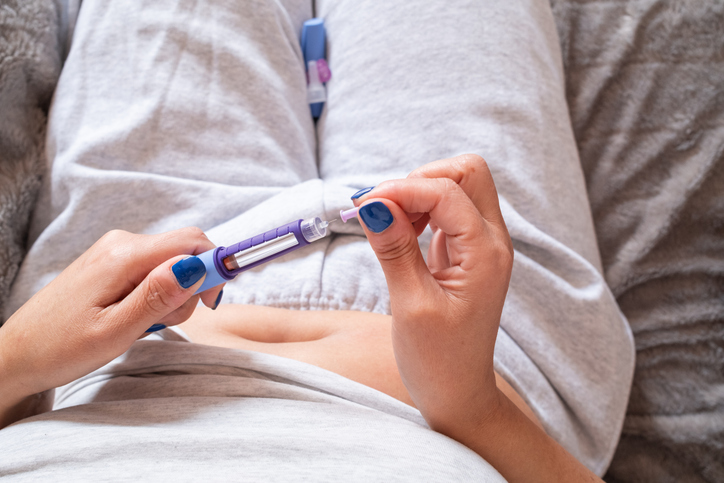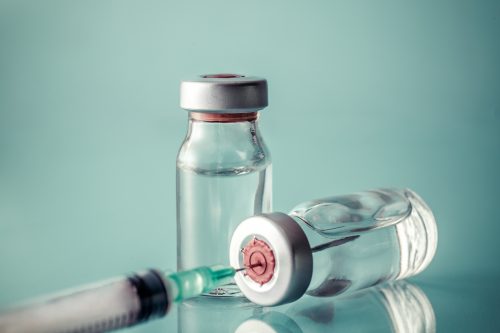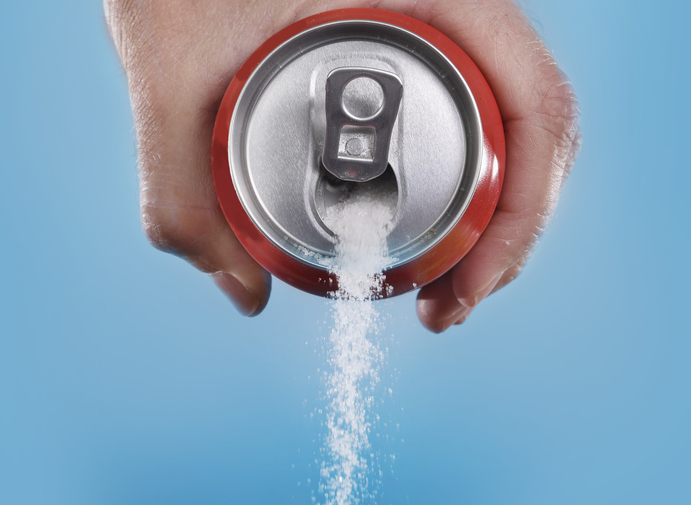
An observational study published in BMC Endocrine Disorders “identified an unacceptably high number of unknown [hypoglycemic] episodes among older home-dwelling people with diabetes receiving home care, even among those not using insulin or sulfonylurea.”
The study focused on home-dwelling older individuals aged ≥65 years who had diabetes and were receiving home care services. The investigators sought to quantify the frequency and duration of hypoglycemic episodes by utilizing continuous glucose monitoring (CGM) while also investigating differences among subgroups according to demographic and clinical variables.
Investigators utilized data collected via blinded CGM, specifically the iPro2 device, over a span of 5 consecutive days. Hypoglycemia was defined as a sensor glucose level falling below 3.9 mmol/L. In addition to monitoring glucose levels, the study collected blood samples for HbA1c measurement and calculated the estimated glomerular filtration rate based on creatinine levels (Chronic Kidney Disease Epidemiology Collaboration) during the monitoring period. Demographic and clinical data were also gathered from electronic patient records.
A total of 56 individuals participated in the study, with a median age of 82 years; 52% were male. Thirty-six participants were treated with insulin, and 33% experienced at least 1 hypoglycemic episode during the 5-day monitoring period. Among the remaining 20 participants who were not using insulin or sulfonylureas but were on other glucose-lowering medications, 44% reported at least 1 hypoglycemic episode.
Furthermore, a staggering 86% were living alone, highlighting the additional vulnerability this population faces. The median duration of hypoglycemic episodes was found to be approximately 1 hour and 25 minutes, with a range spanning from 15 minutes to a concerning 8 hours and 50 minutes.
“The study provides essential knowledge that can serve as a foundation to improve the treatment and care for this vulnerable patient group,” the investigators wrote. “The routines for glucose monitoring and other prevention tasks need to be considered more comprehensively, also, among those treated with glucose-lowering medications other than insulin.”







 © 2025 Mashup Media, LLC, a Formedics Property. All Rights Reserved.
© 2025 Mashup Media, LLC, a Formedics Property. All Rights Reserved.